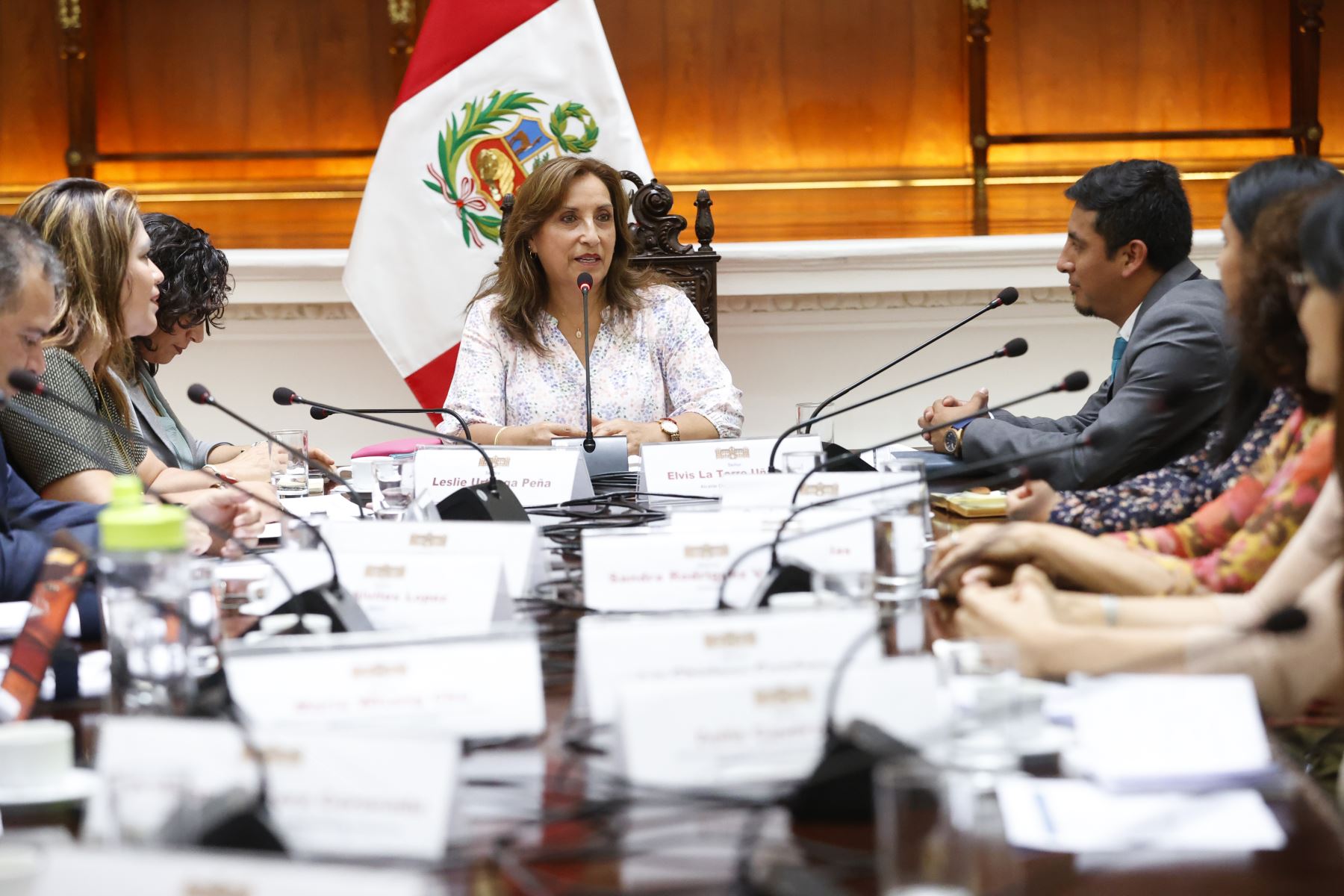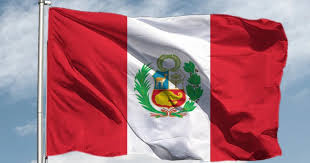
LIMA, Feb 10 (NNN-ANDINA) — Pres Dina Boluarte, together with Culture Minister Leslie Urteaga, met with Machu Picchu District Mayor Elvis La Torre to work on various projects for the development of this locality, including the reopening of the Inca citadel.
“Machu Picchu is a global attraction. We have to revive tourism, which was affected by the road blockades. How many companies have been affected? How many businesses have gone bankrupt? Let’s respect the people by letting them work,” the Head of State said.
During the meeting, participants agreed to establish a multisectoral working group, with the participation of members of the Executive Branch and the Regional Government of Cusco, so as to help accelerate the riverside defense project in the district of Machu Picchu and the expansion of the tourism supply in said locality.
Meanwhile, Minister Urteaga reported that the Executive Branch is working —in coordination with different sectors— to reopen Machu Picchu, ensuring safety conditions for visitors and people in the tourism sector.
“The citadel is open to receive everyone. We want to be sure that the journey will be safe along the route. Our expected date is February 15,” she pointed out.
Meanwhile, the Mayor of Machu Picchu expressed concern about the impact of the protests on tourism.
La Torre affirmed that 100% of the district’s revenues come from this activity that is on hold, which led to the closure of hotels and restaurants, and to the rise in unemployment.
“Machu Picchu is empty. There is tremendous concern about the visits that have been canceled due to the social and political crisis,” the government official remarked.
“We have perceived great willingness on the part of the President. We can ensure the normal flow and transportation of tourists within our jurisdiction for the reopening of the llaqta,” he added.
Meanwhile, the train service to the Machu Picchu town —in Cusco’s Urubamba Province— resumed in the early hours of Wednesday, railway operator Peru Rail has reported.
According to a statement issued on Tuesday, the operations will take place on Wednesday and Sunday, including four frequencies on the Ollantaytambo-Machu Picchu-Hidroelectrica (Ollantaytambo-Machu Picchu-Hydroelectric Plant) route, and vice versa with four frequencies, including two outgoing and two return journeys in the morning and evening.
The first service started at 5:50 a.m. (local time). The train did so carrying the maximum number of local passengers and a minimum number of tourists, due to the current crisis and the stoppage by civil society, which keeps holding protests against the Government.
The introduction of trains into the railway came after the authorization granted by Ferrocarril Transandino —the concessionary company in charge of railroad maintenance, which issued a document on Feb 6.
Regarding the access roads to Ollantaytambo Station, rocks and trees —used by picketers to block them— have been removed from the Cusco-Anta-Huarocondo-Pachar-Ollantaytambo and Cusco-Chinchero-Urubamba-Ollantaytambo routes as of Monday.
Nevertheless, commercial and financial activities, as well as private-public vehicle transportation, and now the train service, are running normally and smoothly, except for the resumption of protests announced for the weekend. — NNN-ANDINA





